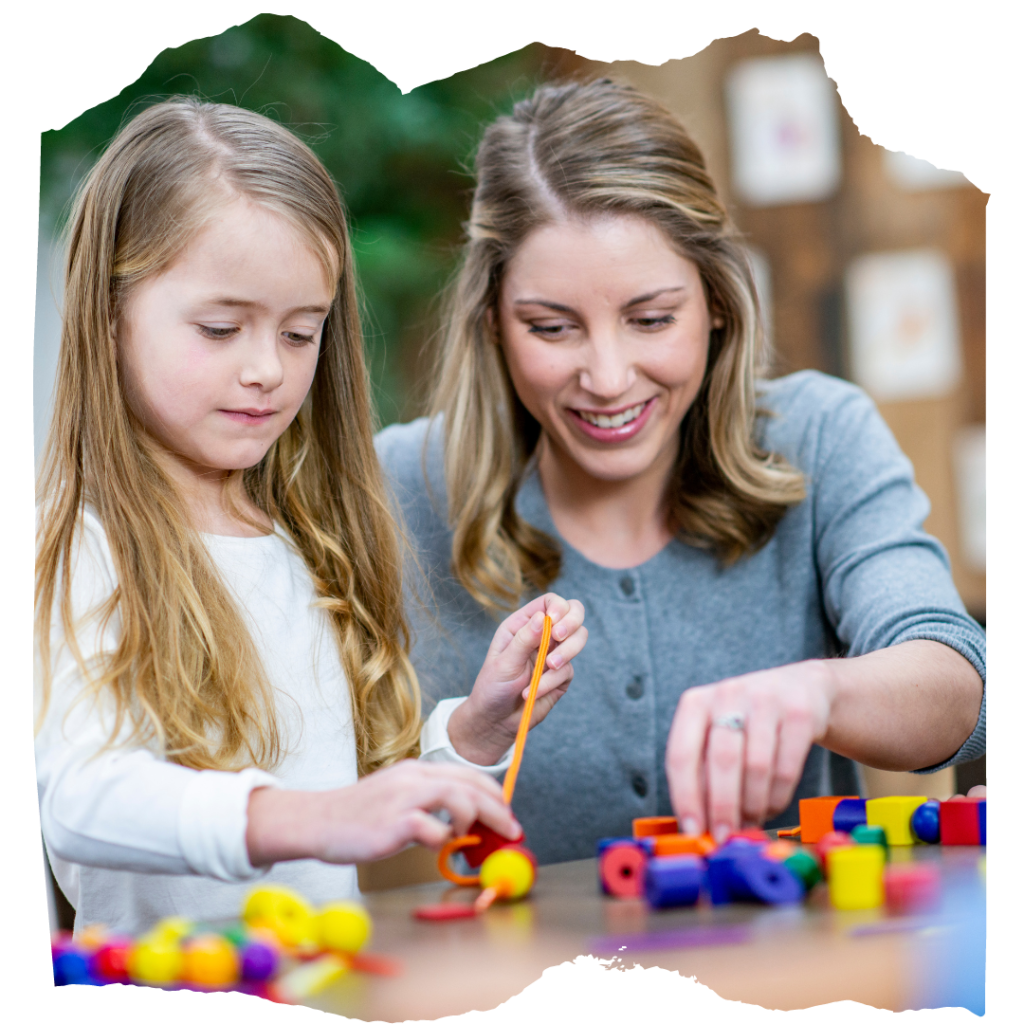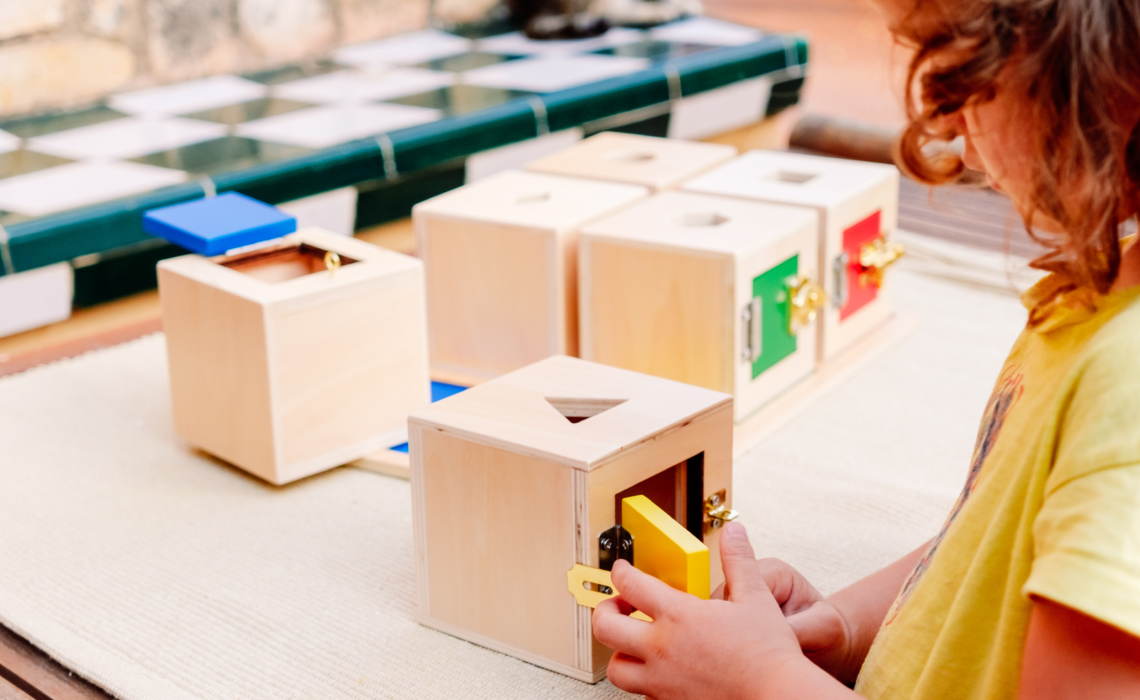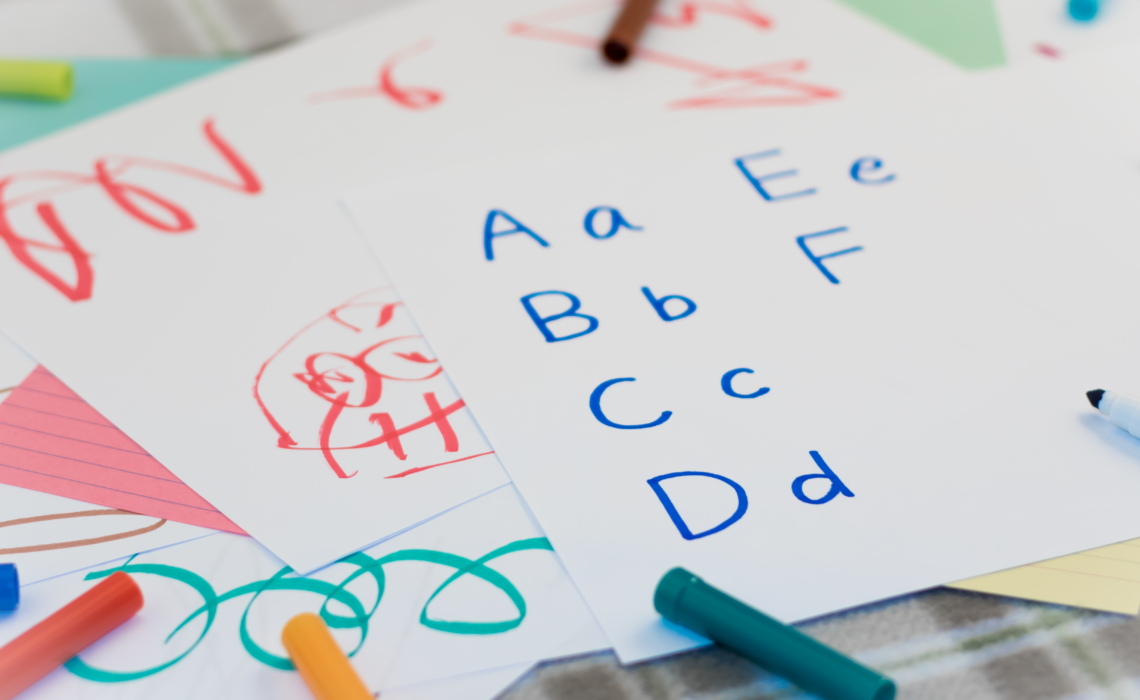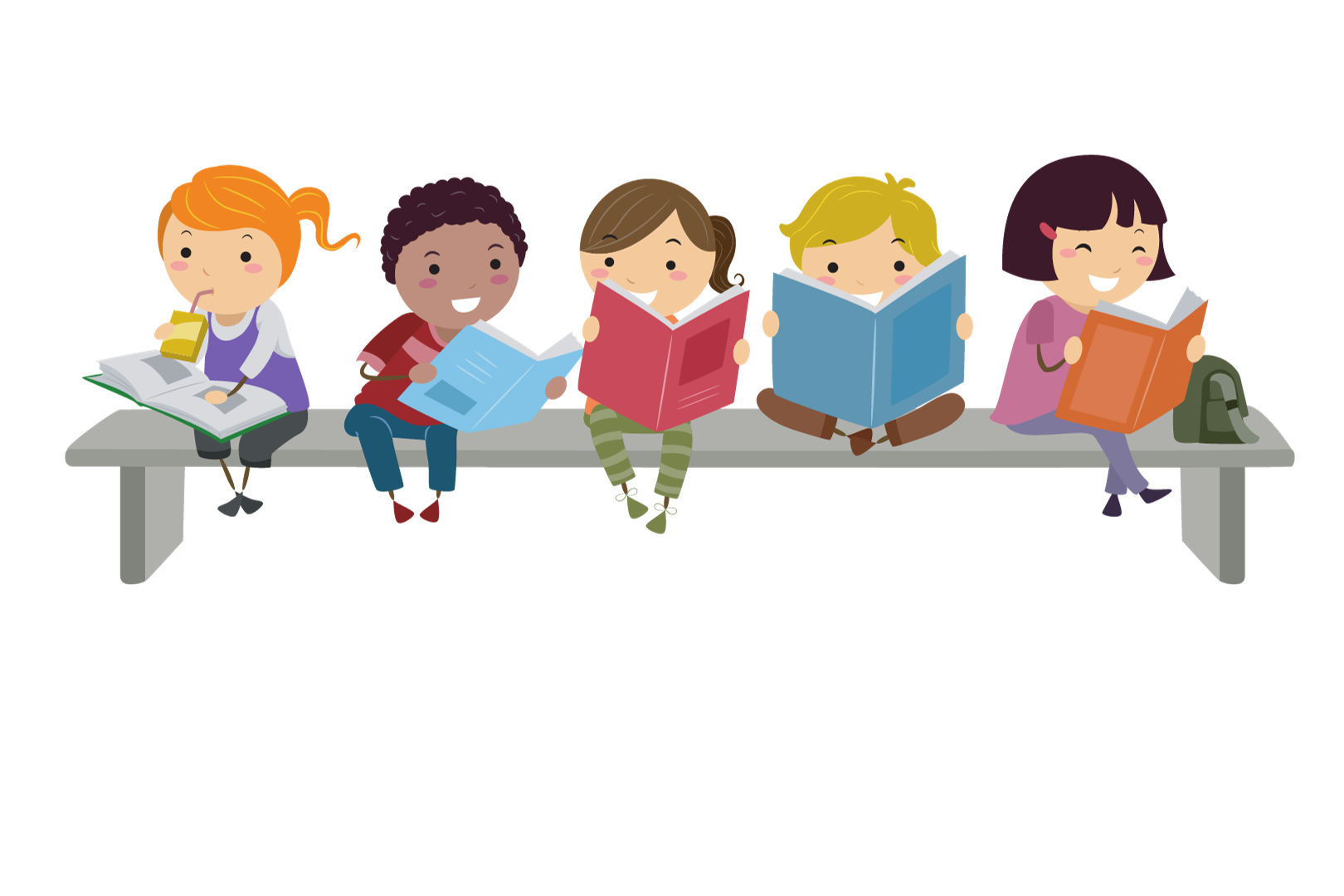Guidance for Families on:
Recommendations before changing your child care provider: https://www.acf.hhs.gov/
What is the best way to change child care providers?
Finding child care for your baby is difficult the first time, but if you have to change child care, whether due to a move, concerns about care now, or for any other reason, it can bring a whole new set of challenges that can add up to the first things. On the other hand, your little one could transition so easily to his new caregiver that you forget your child hasn’t been there the whole time. It can be hard to know how your baby will respond to a new situation, but there are steps you can take to ease the transition, whether your little one arrives at the new place like a duck to water or needs to learn to swim again.
Give notice
If you’re moving, your little one probably already has an idea that some big changes are coming, but if you change child care providers for any other reason, the change may come as a surprise. If it may seem easier at the time to avoid the possibility of disturbing him before you need your little one, it probably won’t help the transition from having closure to saying goodbye to a place or people your little one has probably spent a significant amount of time with. Since your little one is quite young, and their sense of time is still developing, too many warnings may not help, but starting to talk to your little one about the change at least a few days in advance can give them a bit of reassurance. Time to adjust, and even time to start getting excited about the new child care provider. If you wait shortly before transition to talk to your little one about changing child care providers, don’t forget to let your current provider know you’re waiting to talk about it, so he or she doesn’t accidentally tell your little one first before you have the opportunity to do it yourself. Reading books and telling stories about characters facing big changes in their lives can also help give them a framework for thinking about change, especially if your little one is closer to one year of age.
General rehearsal
Before taking your little one to the new place, it may help to take him/her on a tour with you a few days before your little one starts there, so they won’t be completely unfamiliar with the area, or the provider, before their big first day.

Mark the occasion
On the last day with the old child care provider, consider doing something to make the day feel a little special, like sharing your little one’s favorite snack with the child care provider and any classmates or friends he/she might have there, and taking a walk through the daycare to say goodbye to the places and people that have been such a big part of his/her life for so long.
To be there
On your little one’s first day, if you can, plan your day so that you can stay there with him/her while they get used to the new environment. With you there to help him/her feel safe, your little one may be more willing to explore, to be social, and in doing so, to find things about the new place that he likes.
Send your little one prepared
If your child has a teddy bear or comfort object, its presence can help them feel comfortable in the new place. If your child has a favorite toy or object associated with the previous child care provider, and you are in a position where you feel comfortable asking the provider if your child can take it if you get a replacement for the daycare or provider, having a piece of your child’s old routine might help to adjust.
Be prepared
Even if your child is basically happy, secure, social and has never had a problem with child care before, there may be an adjustment period as your child gets used to the new daycare or child care provider. If your sweetie hasn’t started to settle into a routine after a week or two, consider talking with your provider about any issues your baby and the center are having getting along, or ways to improve the transition.
Courtesy of Precious Moment Child Care















